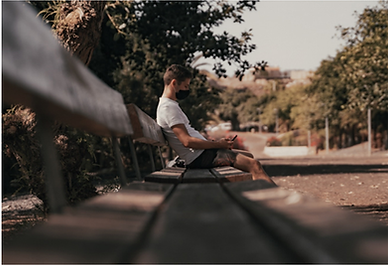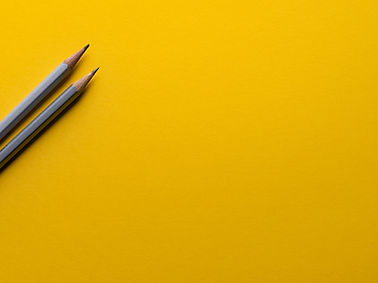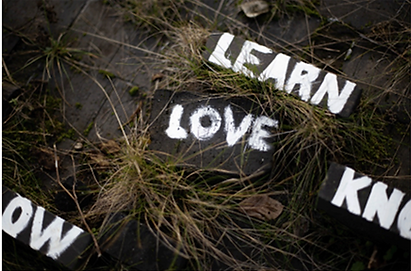.png)

10 Compositional Techniques
Rule of Thirds

A 3x3 grid that divides your frame into 9 equal sections by two horizontal and two vertical lines.
Line up your background and your focal points along and between the intersections of these lines to create a pleasing and eye-catching composition.
Most camera’s come with this grid to aid in your composing.
In this photo, guy talking to the girl is lined up on the intersection of the right top lines, and if you look between the horizontal lines on the left side, you can see the third wheel awkwardly watching.
Framing
Framing technique involves using elements of a scene to create a frame around your subject.

Leading Lines

Leading lines can be horizontal, vertical, diagonal, or curved. Roads, bridges, and even hallways are great for showing linear perspective. They have lines that become narrow towards the far end, potentially leading the eyes to where your main subjects (like buildings, the sky, or even a person standing by the door) may be. Before snapping a photo, spend a moment taking in the scene in front of you to spot any lines that may be present and think about how you can use them in your composition. It might be a pencil pointing towards a specific word on a page or a hallway leading to a partially open doorway.
Symmetry
A placid lake that’s reflecting the landscape above it is a perfect example of that because the image is divided by the lake, but the two halves are nearly identical to one another.
There are many ways you can use symmetry to create more engaging or eye-catching images, however. For example, you might photograph a person alongside their reflection in a window or mirror, or slice an apple straight through the middle and photograph the two halves side by side.


Negative Space
Leaving lots of negative space won’t always be the best or only option available to you, but it’s important to be familiar with this composition technique so you’ll know how to employ it when the opportunity arises.
Fill the Frame
Filling the frame is the opposite of using negative space, and requires you to get in as close as possible to your subject. This technique allows the focus to fall on your subject, such as a person’s facial expression, and on details that may not be readily noticeable by the naked eye. Cropping during post-processing also works to make your photo look like a close-up shot, but keep in mind that you run the risk of significantly lowering the resolution of your image. Also, if you decide to exclude limbs (such as an outstretched arm) from the frame, do not crop at the joints.


Contrast
The most common types of contrast you’ll encounter in photography are color contrast and conceptual contrast, but contrast can also be added to a photograph in the form of textures and shapes.
Conceptual contrast is based on ideas and is more subjective. It involves including two or more things that you wouldn’t normally expect to see together in a single photograph, such as old vs new or artificial vs natural.
Repetition and Pattern
Patterns are everywhere, we can see them in a brick wall, in a carpet, the stones of a cobblestone road. Once you start to see patterns it’s hard to not see them in almost everything. When you shoot patterns try to emphasize them by filling the entire frame. Breaking the pattern can also make for a very dramatic effect because when a pattern isn’t perfect, our eyes are naturally drawn to the thing that’s missing or seems out of place.


Depth of Field
Incorporating layering into your composition involves including other elements at varying distances from the camera to add depth to an image. What this does is it allows the viewer’s eye to be led through the image (similar to leading lines) and to bounce from one element to another. The effect becomes more visually compelling when you have at least three dominant layers in your image — your foreground, middle, and background.
Shadows
Shadows can be used in photography to employ many of the composition techniques we already discussed, for example, to add depth, texture, and contrast to an image. They can also help you draw attention to specific points in your photos or add a sense of drama or mystery.
